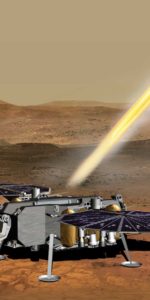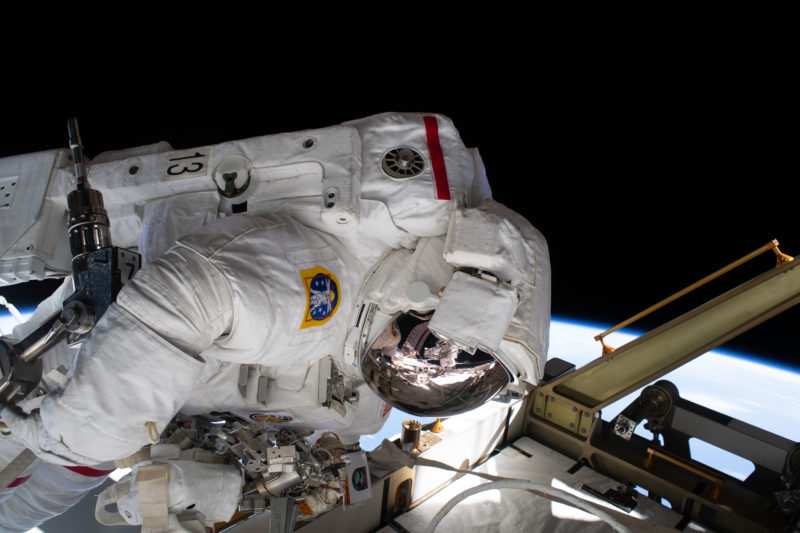
As the world observes International Women’s Day today (Monday, 8 March), the AmericaSpace team is reminded not only of the past accomplishments of female space voyagers—including Valentina Tereshkova, the first woman in space; Svetlana Savitskaya, the first woman spacewalker; Eileen Collins, the first woman to command a space mission; and Peggy Whitson, the first woman to lead a space station increment—but the promise of future achievements, as-yet unrealized. Just last December, NASA named nine female astronauts to participate in the Artemis Program which will see the first woman set foot on the surface of the Moon a few years from now.
Since Valentina Tereshkova’s three-day flight in low-Earth orbit, way back in June 1963, only 65 females from ten sovereign nations have launched into space, including six women—Shannon Lucid, Bonnie Dunbar, Tammy Jernigan, Marsha Ivins and Janice Voss—who have each logged as many as five missions. When set in context against their male counterparts, this means that only 11.5 percent of all space travelers to date have been female.
It was a sad indicator of the political realities of the early 1960s that putting Tereshkova into space was done as little more than an ideological stunt by Soviet Premier Nikita Khrushchev.
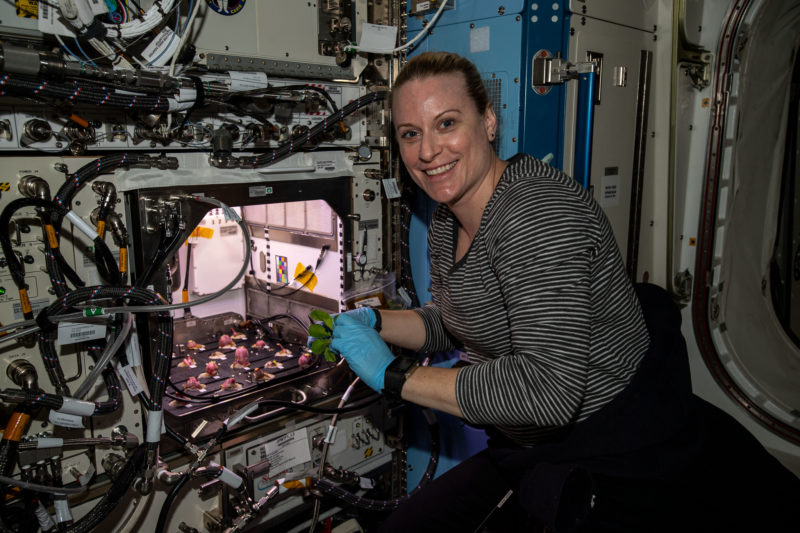
And although a group of women (colloquially dubbed the “Mercury 13”) underwent similar training to the all-male “Original Seven” Mercury astronauts, the United States harbored no plans until the late 1970s to include females in its spaceflying corps.
Tereshkova was rightly feted for her heroic achievement and, indeed, she spent more time in space than all of America’s Project Mercury flyers combined.
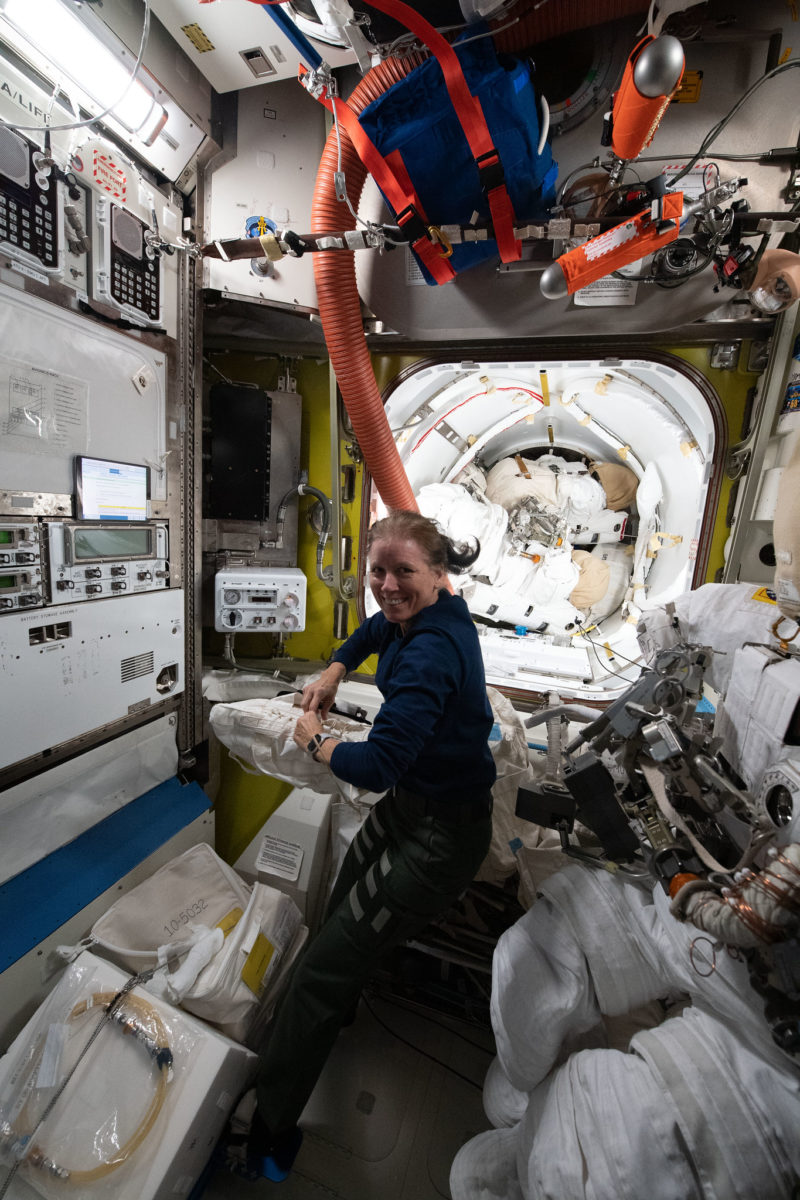
Yet the nature of her mission and the Soviet Union’s lack of appetite for repeat voyages meant that it would be almost two decades before another Russian woman went into space. Even today, only four female cosmonauts have flown, most recently Yelena Serova, who spent six months on the International Space Station (ISS) in 2014-2015.
In the West, the end of the Apollo lunar program and the arrival of the Space Shuttle, together with a robust effort by NASA to make its astronaut corps more truly representative of U.S. society, led to an emphasis upon selecting minorities and women.
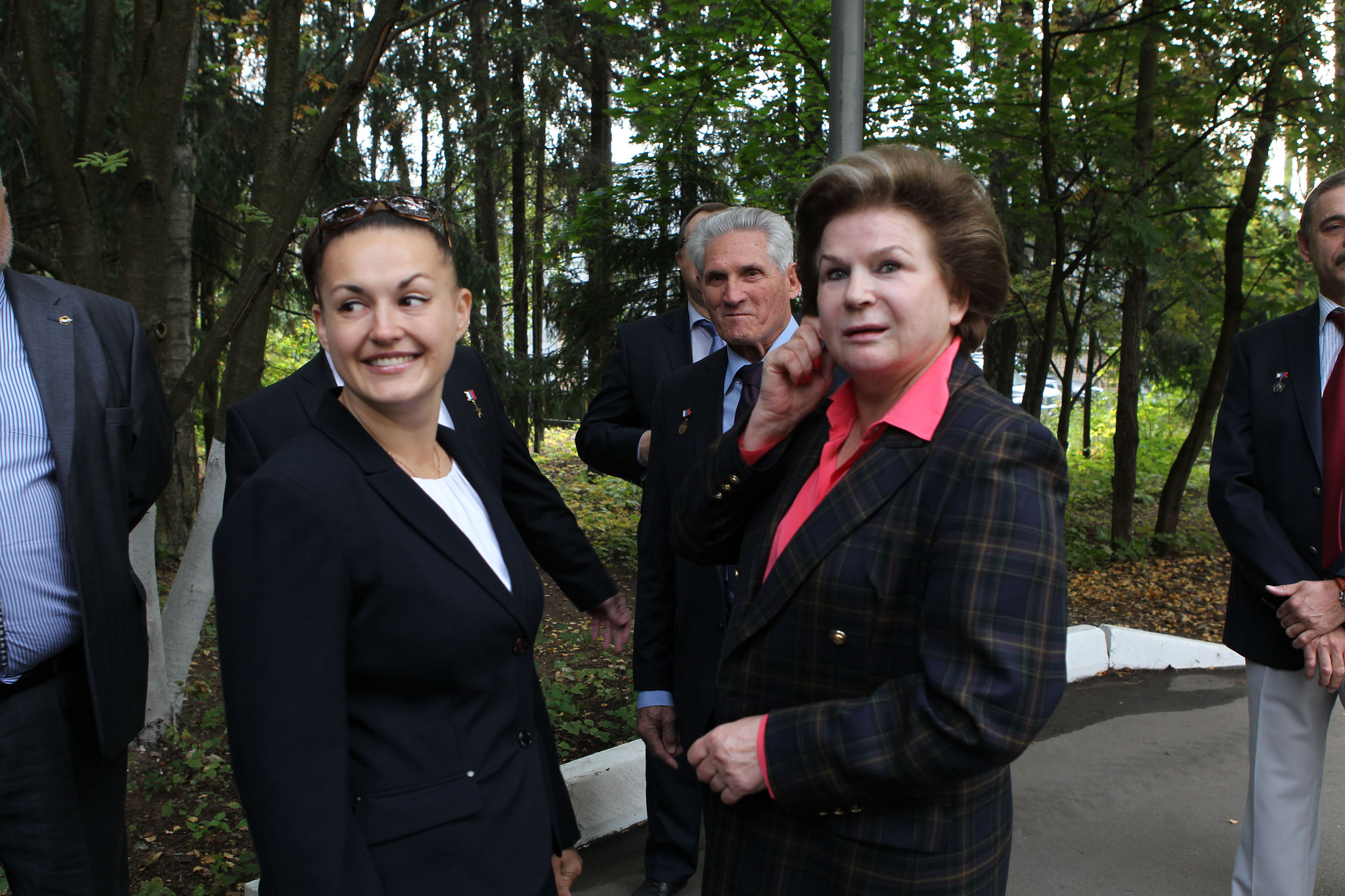
And in January 1978, when 35 astronaut candidates were picked for the shuttle, they included six women: medical doctors Anna Fisher and Rhea Seddon, electrical engineer Judy Resnik, geologist Kathy Sullivan, biochemist Shannon Lucid and physicist Sally Ride.
Over the next several years, these women flew not as political pawns in Tereshkova’s mold, but as fully fledged astronauts. In June 1983, Ride became the first American woman in space, serving as flight engineer on STS-7 and participating in the deployment and retrieval of the Shuttle Pallet Satellite (SPAS).
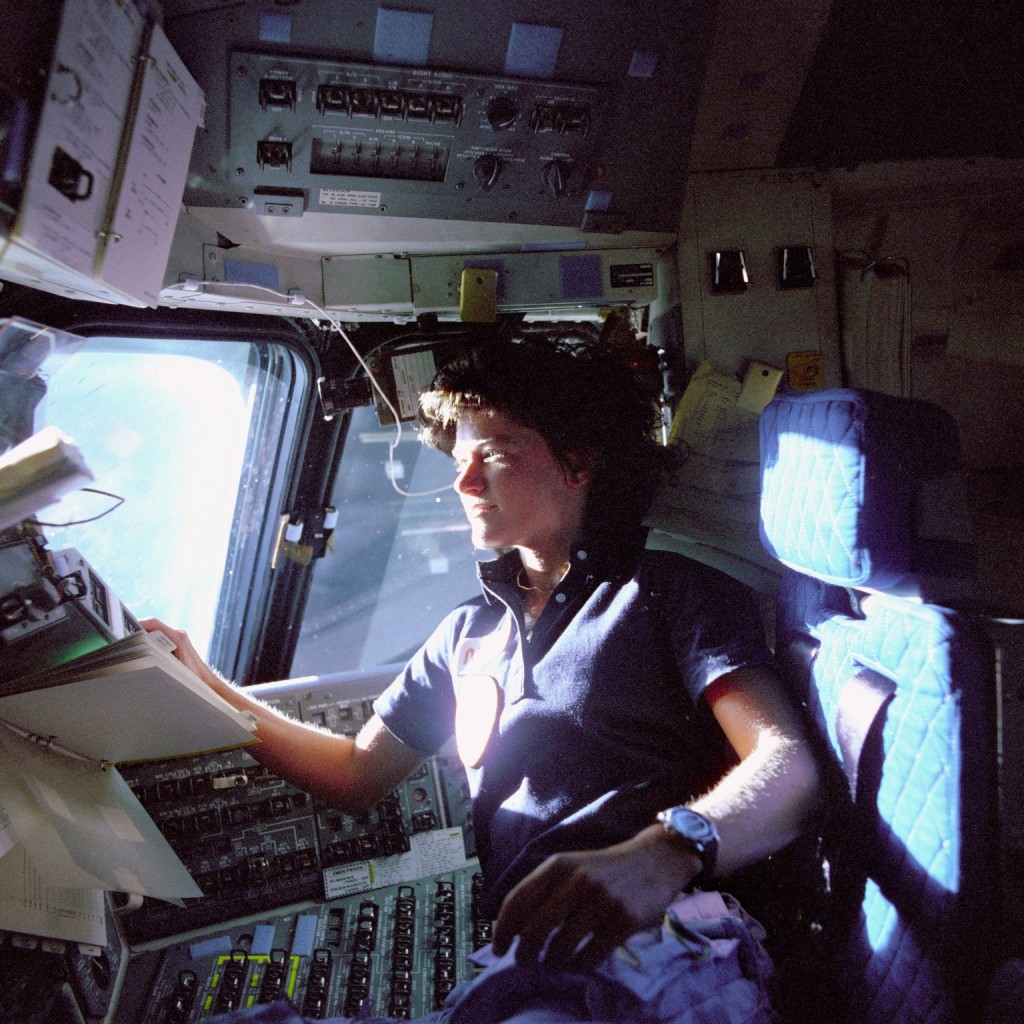
By this point, however, the Soviets had again gotten in on the action and in August 1982 civilian engineer Svetlana Savitskaya flew with a pair of male cosmonauts to the Salyut 7 space station.
Two years later, she was the first woman to fly a second mission and the first to make a spacewalk. For three hours, she and cosmonaut Vladimir Dzhanibekov labored outside Salyut 7 on a range of tasks, including an experimental welding tool.
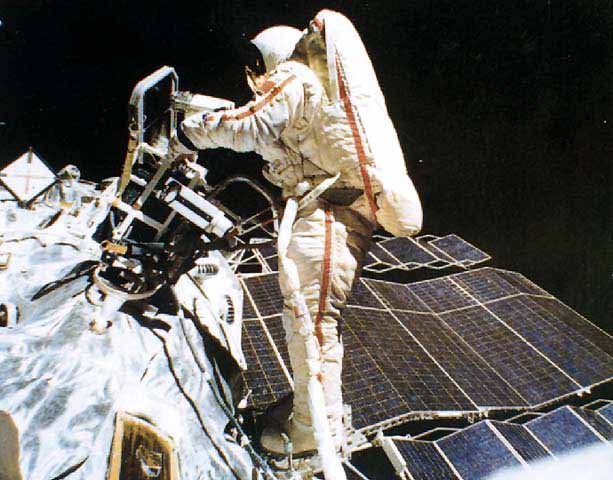
In March 1986, cynically timed to occur around International Women’s Day, Savitskaya might have flown a third time, in command of an all-woman crew, but problems with Salyut 7 the previous summer precluded it.
Savitskaya might have missed out on becoming the first woman to command a space mission, but the United States seized this record when NASA chose its first female shuttle pilot, Eileen Collins, in January 1990.
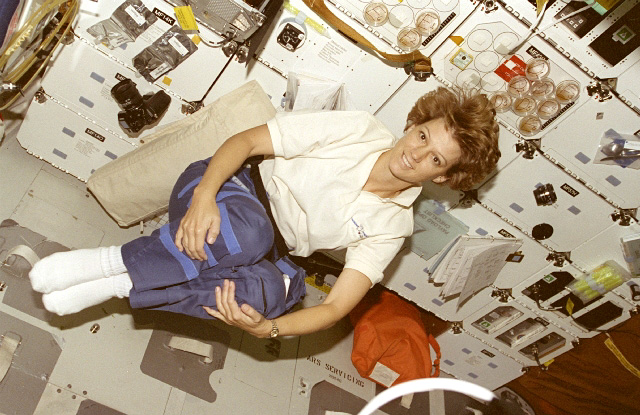
She went on to fly two shuttle missions as a pilot, before commanding STS-93 in July 1999 to deploy the Chandra X-Ray Observatory and STS-114 in July 2005, the return to flight after the Columbia accident. Collins was later followed as a shuttle commander by Pam Melroy, who led the crew of STS-120 to deliver the Harmony module to the ISS in October 2007.
None of this—the flight of Savitskaya, the second mission, the spacewalk, the potential all-female crew—was done accidentally. Rather, in the fall of 1983 when Sally Ride was assigned to her second mission and Kathy Sullivan named to perform the first female Extravehicular Activity (EVA) on shuttle mission STS-41G, the Soviet political propaganda machine cranked and whirred back into action. And by the time Ride launched a second time and Sullivan made her spacewalk in October 1984, both records were lost to the Soviets.
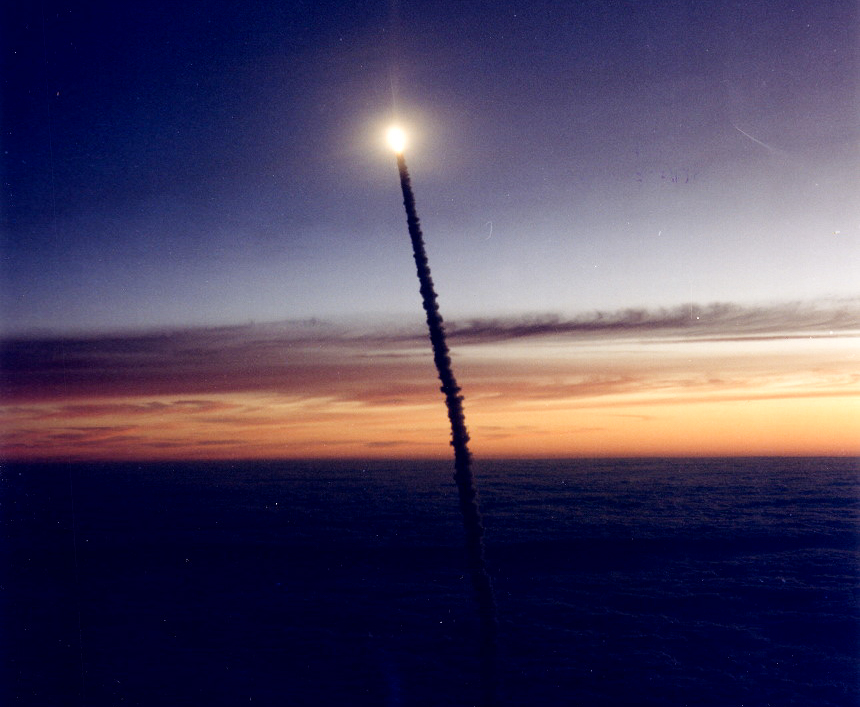
But in the final months before the loss of Challenger, more U.S. women roared into space. Judy Resnik endured the shuttle program’s first harrowing on-the-pad engine abort, Anna Fisher became the first mother in space and at 42 Shannon Lucid set a new record as the then-oldest woman in space when she flew STS-51G in June 1985.
It was an age record that Lucid would go on to break four more times in her subsequent career, including additional records for the longest single spaceflight by a woman (188 days), which she held for more than a decade. She also became the first woman to fly into space a third time, a fourth time and a fifth time. To date, although five others followed in Lucid’s footsteps by logging fifth flights, no woman has yet launched a sixth time.
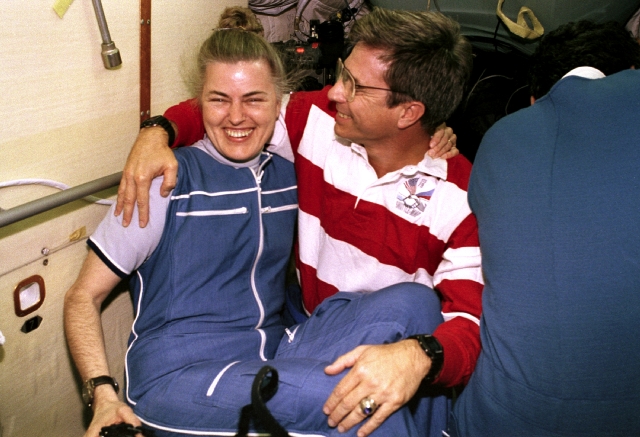
But tragedy went hand-in-hand with triumph in these early years. Resnik and the first would-be civilian astronaut, schoolteacher Christa McAuliffe, were both killed in January 1986, when shuttle Challenger exploded shortly after liftoff.
By the time the shuttle fleet returned to operational service in September 1988, NASA’s astronaut corps had swelled to include a sizeable minority of female members.
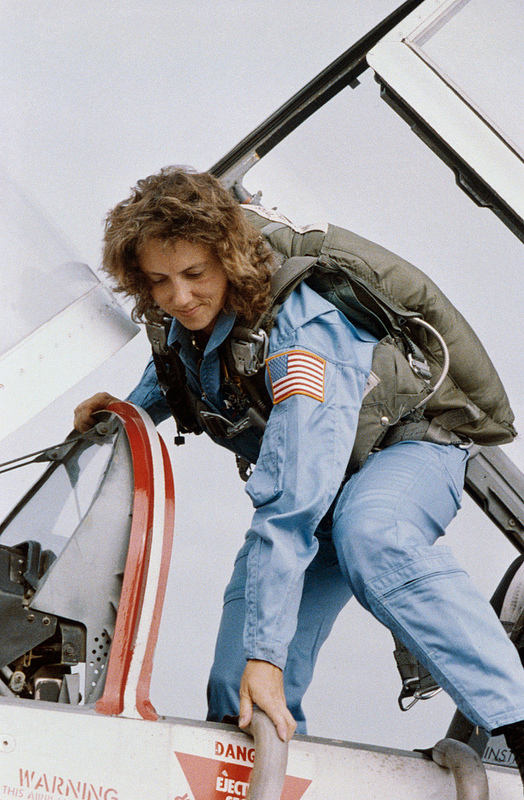
Veteran Mary Cleave was first to fly in the wake of Challenger and over the next few years new records began to be set, with Bonnie Dunbar flying two of the longest shuttle missions in the early 1990s, Kathy Sullivan narrowly missing out on a second EVA to save the Hubble Space Telescope, Linda Godwin becoming the only woman to spacewalk outside Russia’s Mir space station and the International Space Station (ISS) and Kathy Thornton becoming the most seasoned female spacewalker with a total of three outings into vacuum.
In fact, Thornton became the only woman to perform EVA during a Hubble servicing mission; and not just any Hubble servicing mission, either, but the very first one.
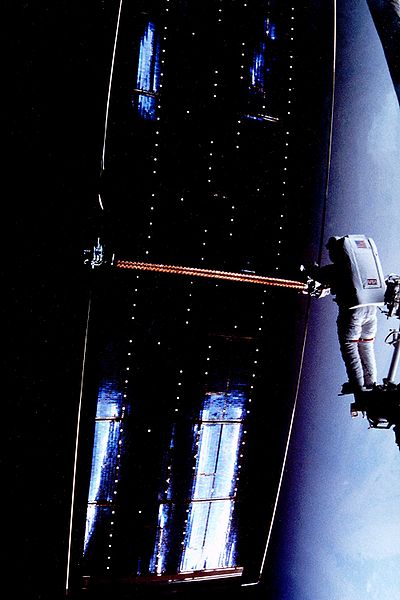
Thornton’s empirical female record of three EVAs performed during shuttle missions STS-49 and STS-61 endured for more than a decade. And in March 2001, during STS-102, Susan Helms—the first long-duration female resident of the International Space Station (ISS)—participated in the longest-ever single EVA, lasting eight hours and 56 minutes. This record-breaking spacewalk, set jointly with Jim Voss, still stands today.
For more than ten years, between 2007 and 2017, the record for the greatest amount of cumulative EVA time by a woman alternated between long-duration ISS supremos Suni Williams and the first female Chief Astronaut Peggy Whitson. At present, Whitson holds the record with ten EVAs and over 60 spacewalking hours, as well as an adjunct record as the first female commander of a space station.
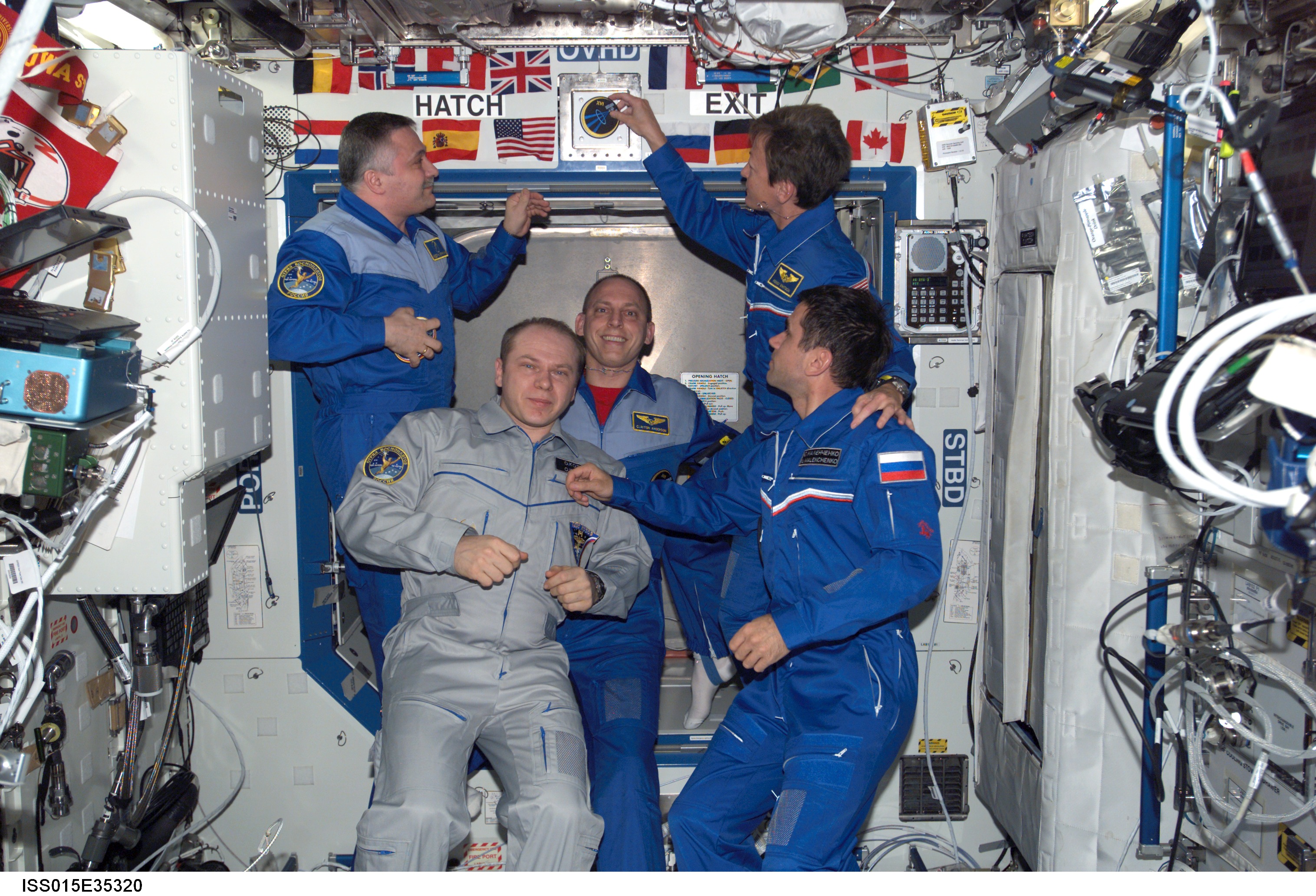
Whitson also holds the record for the greatest amount of cumulative time spent in space by a woman, with over 665 days across three long-duration ISS missions, and in 2017 completed a record-setting ISS increment almost ten months in length. In doing so, she also became the oldest woman to travel into space, celebrating her 57th birthday aboard the space station in February 2017.
Whitson’s single-flight record was broken in February 2020 when Expedition 58/59/60 astronaut Christina Koch returned to Earth after 328 days. During her long stay, Koch and Expedition 61 crewmate Jessica Meir also performed the first three all-female EVAs in history.
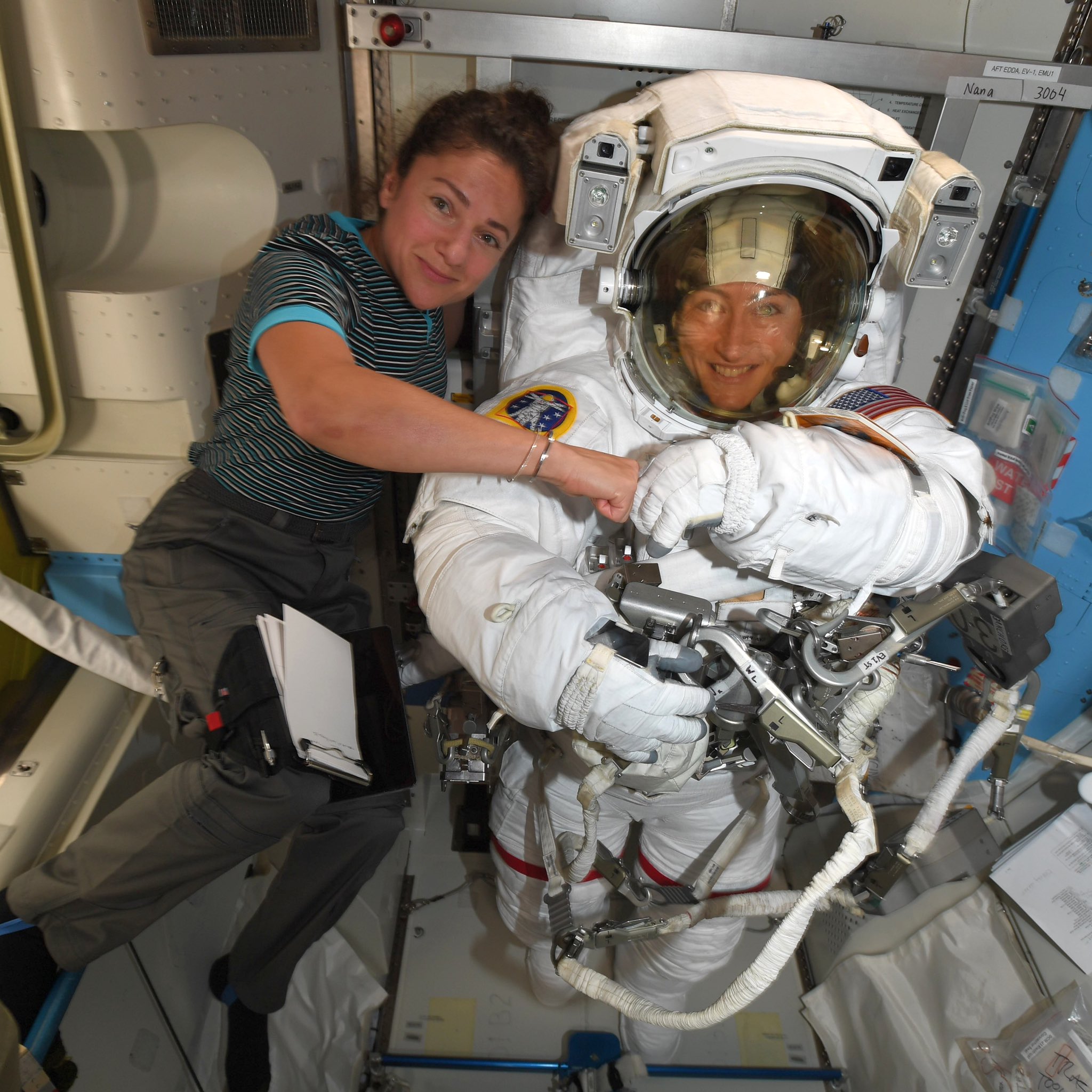
Women have set other records, too, with Britain’s Helen Sharman and South Korea’s Yi So-yeon presently the only two females to have been their respective countries’ first-ever national astronauts. Sharman flew to Russia’s Mir space station in May 1991, whilst Yi did likewise to the ISS in April 2008. And returning home shoulder-to-shoulder with Yi was Russian cosmonaut Yuri Malenchenko and Peggy Whitson, marking the first occasion that women outnumbered men on a returning spacecraft.
As for launch, as many as three women flew aboard several shuttle missions, first among them STS-40 in June 1991. And Susan Kilrain and Janice Voss jointly hold the unusual record for the shortest interval between two spaceflights by women, having logged a mere 84 days between their return from STS-83 in April 1997 and their next launch together on STS-94 the following July.
As the world observes International Women’s Day, we are reminded of the immense contributions made by these female pioneers. In addition to U.S. and Russian astronauts, Canada’s Roberta Bondar and Julie Payette, Japan’s Chiaki Mukai and Naoko Yamazaki, France’s Claudie Haignere and Italy’s Samantha Cristoforetti have lived and worked in the microgravity environment during shuttle, Mir and ISS missions, whilst China’s homegrown space program saw Liu Yang and Wang Yaping travel to the Tiangong-1 orbital outpost.
And with NASA’s Kate Rubins and Shannon Walker presently aboard the ISS and other women currently in active training, it can be expected that female involvement and leadership in future missions in low-Earth orbit and beyond are not a likelihood, but an inevitability.





